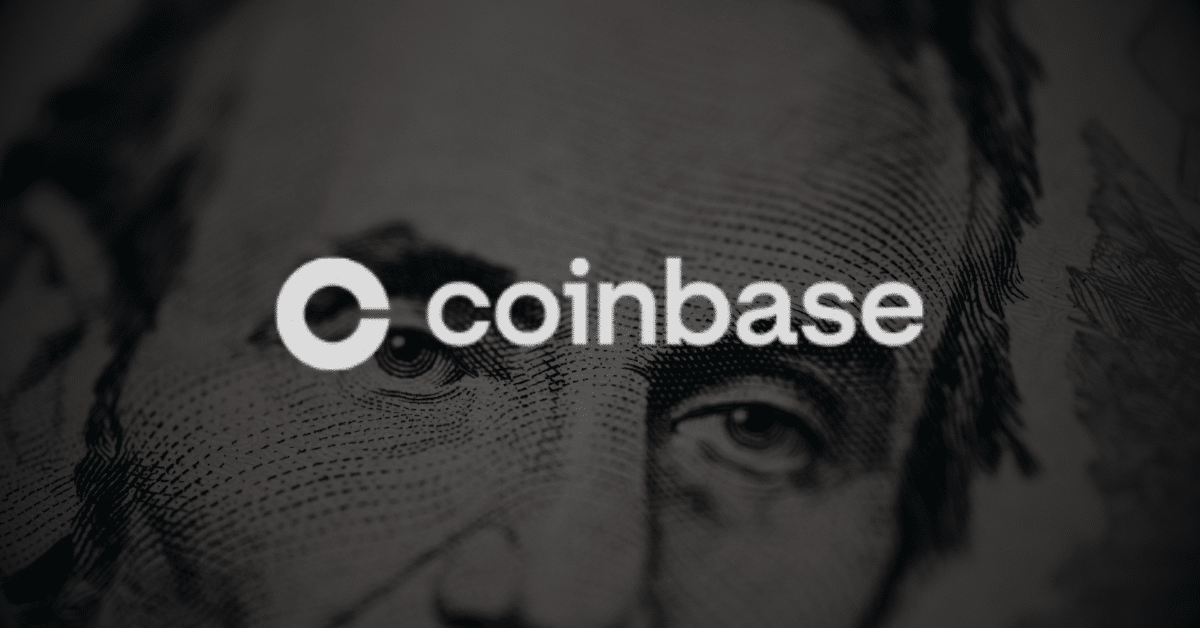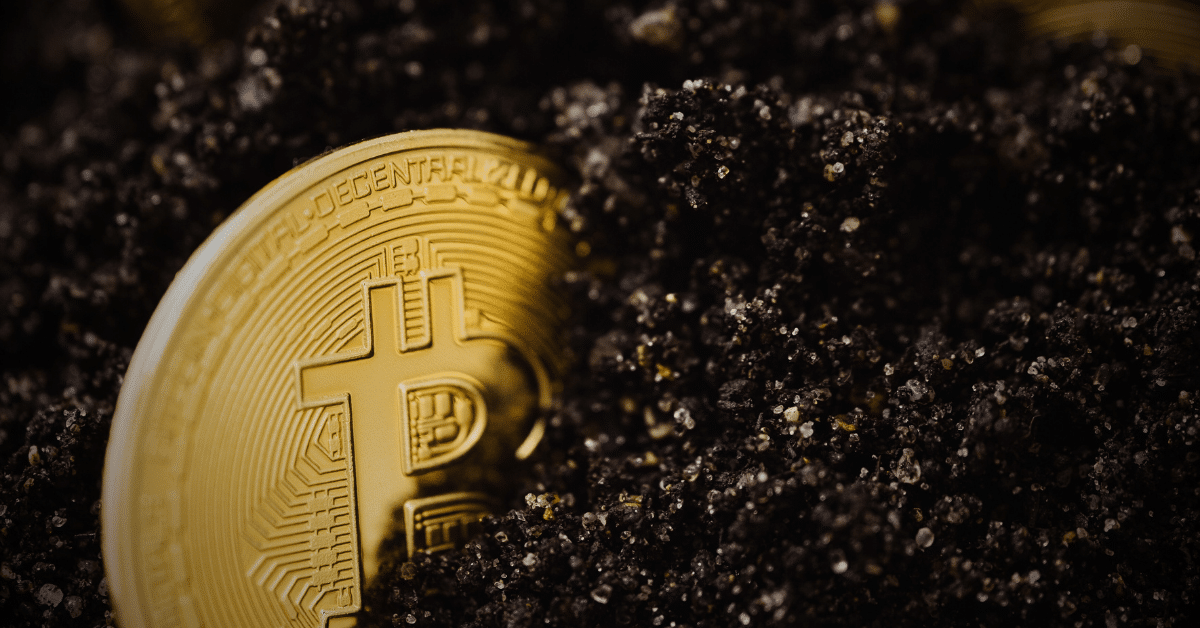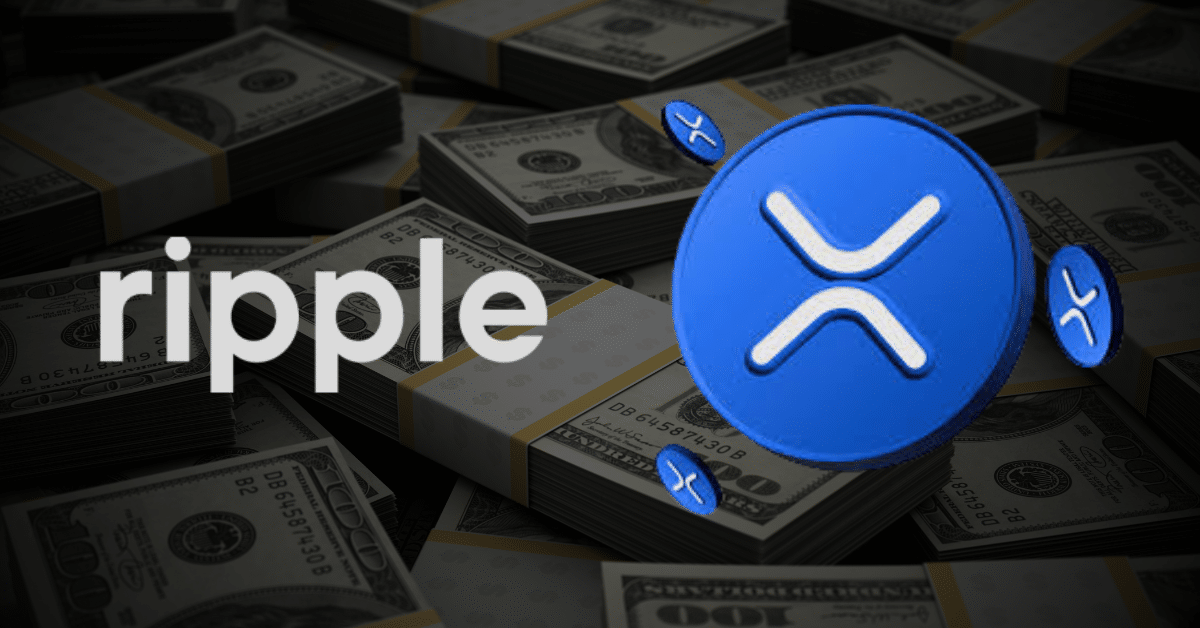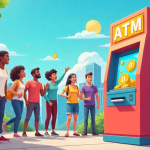Key Takeaways
- Dubai’s financial regulator, DFSA, has approved Ripple’s RLUSD stablecoin for use in the DIFC.
- The approval reinforces RLUSD as a trusted, NYDFS-chartered enterprise-grade stablecoin.
- RLUSD can now be used in Ripple’s DFSA-licensed payments and by other DIFC firms.
Ripple’s push into the global stablecoin market received a significant shot in the arm after Dubai’s Financial Services Authority (DFSA) officially recognized and approved Ripple’s Stablecoin, RLUSD, as a crypto token usable within the Dubai International Financial Centre (DIFC).
According to an announcement by Ripple Labs, the green light from DFSA was an outstanding achievement highlighting the RLUSD stablecoin as a trusted, enterprise-grade stablecoin with the potential to contribute to the firm’s broader digital asset development. Ripple further said that the approval of RLUSD by the DFSA reinforces the crypto token’s position as a market leader with regulatory compliance, utility, and transparency at its core.
Stablecoin to Meet the Highest Expectations
Ripple Labs further added that DFSA’s RLUSD approval was another significant step in Stablecoin’s growing adoption and its expansion into different financial ecosystems across the globe. According to the Fintech Company, RLUSD was one of the few stablecoins issued under the New York Department of Financial Services (NYDFS) Trust Company Charter, adding that it was specifically designed to meet the highest expectations of both regulators and institutional users.
Jack McDonald, Ripple’s SVP of Stablecoins, said the greenlight was a strategic win for Ripple as it continues to build financial infrastructure for institutional users. He added:
“With regulation-first design and enterprise-grade features, RLUSD is uniquely positioned to drive institutional use of blockchain technology across global markets.”
DFIC has over 7,000 Registered Businesses
As a result of the approval, DFIC companies are now permitted to utilize the RLUSD stablecoin for various virtual asset services, including payments, treasury management, and other related services. The DFIC is a free economic zone and financial district within the Emirates that serves companies throughout the Middle East, Africa, and South Asia. The financial zone had nearly 7,000 registered businesses by the end of 2024. Under the zone’s crypto framework, only tokens recognized by the DFSA may be used across the district’s regulated ecosystem.
Commenting on the development, Ripple’s managing director for the Middle East and Africa, Reece Merrick, said businesses in the UAE were growing increasingly interested in crypto solutions. She stated:
“The UAE’s digital economy is vibrant and incredibly dynamic […] we’re seeing huge interest from businesses of all sizes for cross-border payments and digital asset custody solutions.”
Conclusion
Ripple’s RLUSD stablecoin is part of a new generation of stablecoins aiming to meet the demands of enterprise users—fast, cheap, and regulatory-compliant cross-border transactions. Ripple’s strategy is to anchor its growth in jurisdictions that offer clearer digital asset frameworks, and Dubai has emerged as a leading hub in that regard.
Frequently Asked Questions
What does the term “stablecoin” mean?
A stablecoin is a type of cryptocurrency designed to maintain a stable market value by pegging its price to a reserve asset, such as a fiat currency, e.g., U.S. dollar (USD); a commodity, like gold; or even another cryptocurrency.
What does RLUSD stand for?
Ripple USD (RLUSD) is a stablecoin pegged 1:1 to the U.S. dollar. This means that for every RLUSD token in circulation, there is an equivalent held in reserves.
What else can RLUSD be used for?
In addition to facilitating the instant settlement of cross-border payments, RLUSD can be used to access liquidity for remittance and treasury operations, integrate with decentralized finance (DeFi) protocols, and bridge the gap between traditional fiat currencies and the crypto ecosystem.























